
The World’s First Wooden Satellite
Kyoto University and Sumitomo Forestry scientists have unveiled the world’s first wooden satellite, LignoSat. They say it is a huge “green leap” for the space industry.
Why Researchers are Building Satellites out of Wood
The basis behind LignoSat’s development is the growing environmental concerns associated with traditional metal satellites.
For instance, when these satellites re-enter the Earth’s atmosphere at the end of their operational life, they often release oxidized aluminum particles, contributing to pollution and potentially disrupting the planet’s energy balance.
As of 2022, about 7,000 active satellites were orbiting Earth, and scientists believe there is an urgent need for environmentally friendly alternatives.

The Benefits of Wooden Satellites
Wooden satellites offer several significant advantages over their metal counterparts.
They provide a sustainable option for satellite construction. For example, LignoSat is sourced from Hokkaido’s Japanese cucumber tree, known for its strength and workability.
Additionally, wooden satellites burn up entirely upon re-entry, eliminating the risk of releasing harmful pollutants. This not only helps mitigate the growing problem of space debris but also reduces the environmental footprint of satellite operations.
Other Satellite Innovations
LignoSat is just one of many exciting innovations in satellite technology.
There’s also a lot of buzz around satellite-enabled Internet of Things (IoT). Innovations like on-orbit servicing, satellites that can maneuver away from collision paths, advanced payload systems, and more are also gaining traction.
All in all, innovations in the satellite industry are happening at light speed.


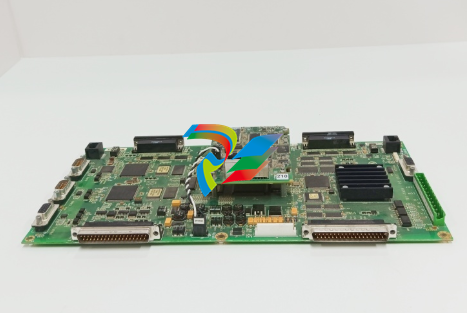



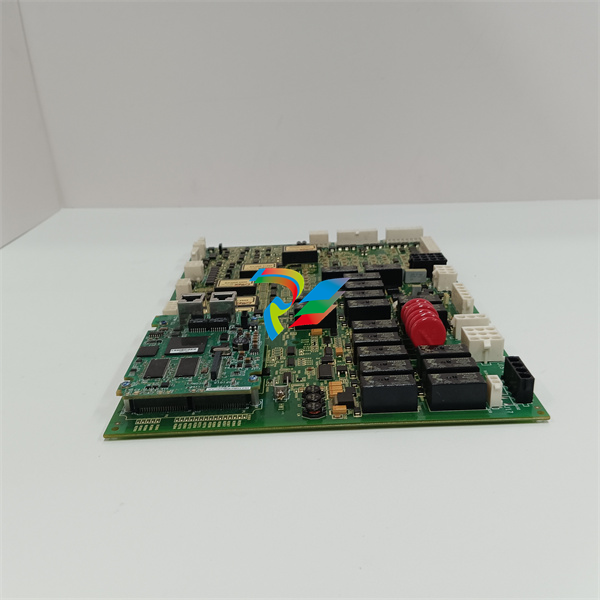
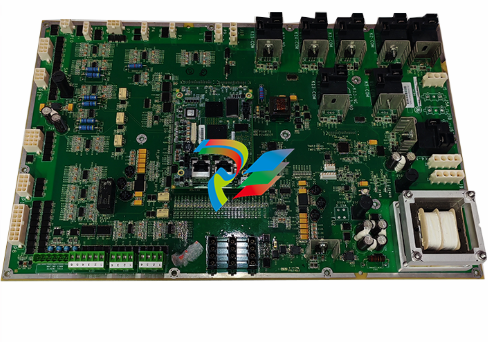
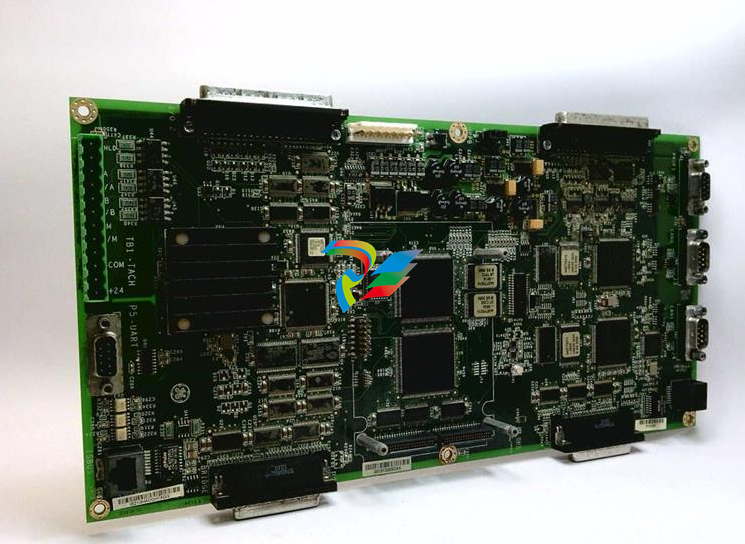



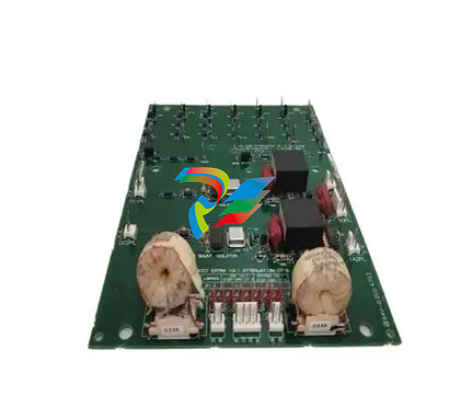

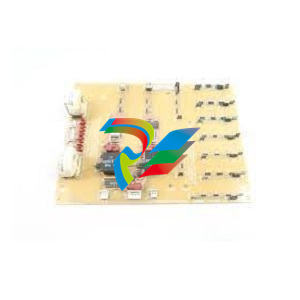


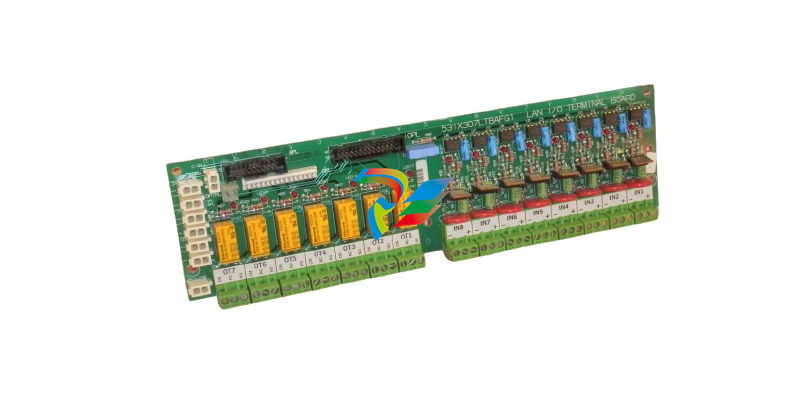




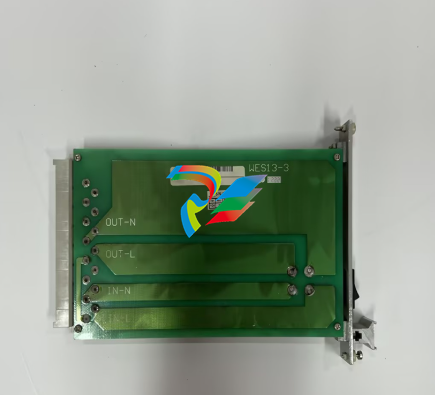
.jpg)

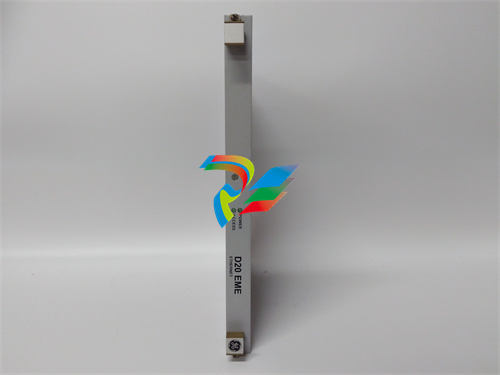










































.jpg)
.jpg)





.jpg)



.png)
.jpg)

.jpg)
_lVjBYb.jpg)

.jpg)
.jpg)



.jpg)
.jpg)







.jpg)

.jpg)
.jpg)











.jpg)





